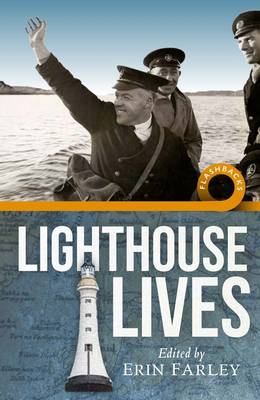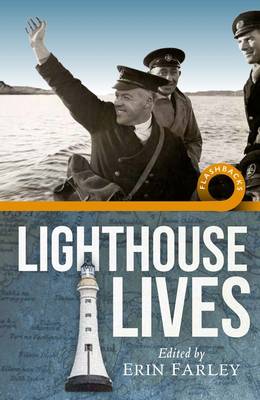
- Afhalen na 1 uur in een winkel met voorraad
- Gratis thuislevering in België vanaf € 30
- Ruim aanbod met 7 miljoen producten
- Afhalen na 1 uur in een winkel met voorraad
- Gratis thuislevering in België vanaf € 30
- Ruim aanbod met 7 miljoen producten
Zoeken
Omschrijving
Lighthouses are enduring symbols of resilience, hope and safety. The human stories of the keepers' lives, and the scale of the human effort that went into lighthouse keeping before automation, are fascinating.
This book tells the stories of the last generation to work on manned lighthouses in Scotland. The interviews record the life experiences of more than fifty former lighthouse keepers and their families who worked in Scotland and the Isle of Man before and during the process of lighthouse automation, which was completed in 1998. The job of lighthouse keeper led to a unique perspective on life, as keepers worked within small close-knit communities around each lighthouse to watch the lights, maintain the lighthouses and respond to emergencies. The keepers' families, and the Northern Lighthouse Board's engineers and boat crews, were also part of an extended lighthouse community along the entire Scottish coastline.
The interviews, conducted by Erin Farley and Martine Robertson between 2012 and 2019, are a fascinating insight into the world of lighthouse keeping, the coastal communities in which keepers worked, the social context of the Northern Lighthouse Board, and the changing nature of work, technology and place in Scotland in the second half of the twentieth century.
This book tells the stories of the last generation to work on manned lighthouses in Scotland. The interviews record the life experiences of more than fifty former lighthouse keepers and their families who worked in Scotland and the Isle of Man before and during the process of lighthouse automation, which was completed in 1998. The job of lighthouse keeper led to a unique perspective on life, as keepers worked within small close-knit communities around each lighthouse to watch the lights, maintain the lighthouses and respond to emergencies. The keepers' families, and the Northern Lighthouse Board's engineers and boat crews, were also part of an extended lighthouse community along the entire Scottish coastline.
The interviews, conducted by Erin Farley and Martine Robertson between 2012 and 2019, are a fascinating insight into the world of lighthouse keeping, the coastal communities in which keepers worked, the social context of the Northern Lighthouse Board, and the changing nature of work, technology and place in Scotland in the second half of the twentieth century.
Specificaties
Betrokkenen
- Uitgeverij:
Inhoud
- Aantal bladzijden:
- 400
- Taal:
- Engels
- Reeks:
Eigenschappen
- Productcode (EAN):
- 9780859767439
- Verschijningsdatum:
- 16/06/2026
- Uitvoering:
- Paperback
- Formaat:
- Trade paperback (VS)
- Afmetingen:
- 152 mm x 234 mm

Alleen bij Standaard Boekhandel
+ 155 punten op je klantenkaart van Standaard Boekhandel
Beoordelingen
We publiceren alleen reviews die voldoen aan de voorwaarden voor reviews. Bekijk onze voorwaarden voor reviews.







